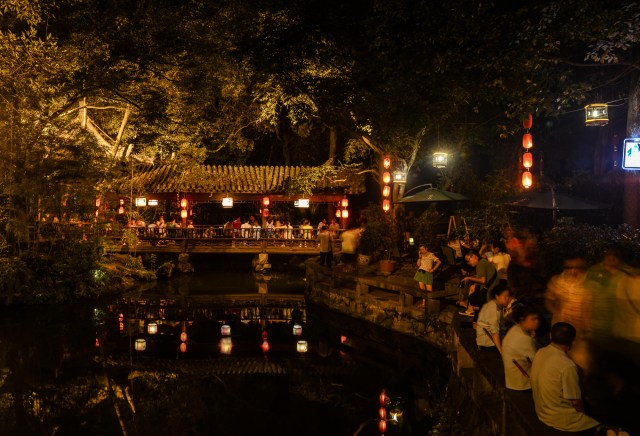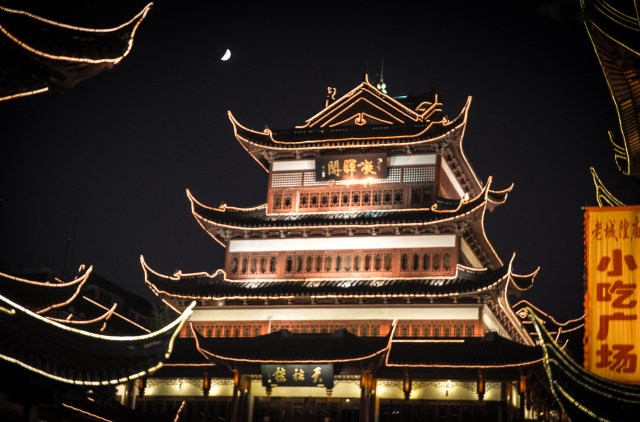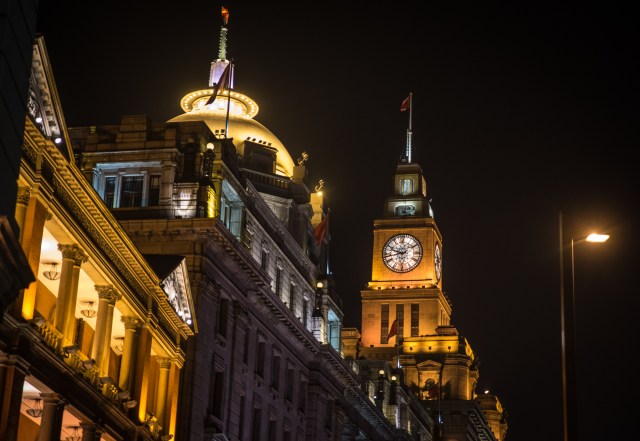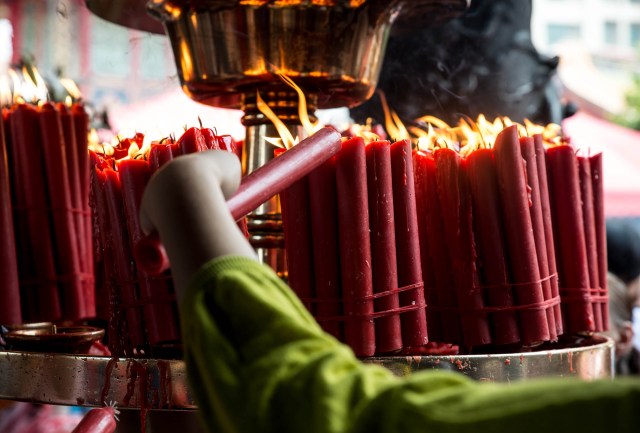Chongqing is not exactly the tourism darling of China. This immense, aggressively vertical city lies in what looks to me like a wholly impractical place – wedged between the confluence of two massive rivers, stacked into the side of regularly shifting cliffs. An industrial and financial powerhouse, Chongqing doesn’t boast pandas, ancient Chinese historical sites, or a thriving bar scene. Mostly, it has the brown and vaguely threatening expanse of the Yangtze, gigantic malls, and hot, humid, weather – as well as exceptionally lousy air.
But Chongqing, formerly known as Chungking, does stand apart as an excellent place to experience the true scale of Western China’s aspirations, and to watch a newly confident (and newly wealthy) Chinese middle-class go about their business.
Chongqing is not technically part of Sichuan. It was one of four Chinese cities that holds the status of a direct-controlled municipality (re-awarded the status in 1997), and is the only city with such a distinction in the Western portion of the country. And it is really quite outrageously large: the municipalities population stood at a mere 28,846,170 in the 2010 census, with around 6 to 7 million occupying the urbanized “city” bit.

The area has an exceedingly long history as a river trading port and as a portal to the often-treacherous passage through the Three Gorges. What was then Chungking achieved considerable international import during the second Sino-Japanese War, when Chiang Kai-shek made the city China’s provisional capital.
The city is also an important part of US WWII history: in 1942, the Headquarters of the American Army Forces, China, Burma, and India (HQ AAF CBI) were established here, under the auspices of Maj. Gen. Joseph W. Stilwell. From here, Stilwell would eventually direct US forces in the China-Burma-India theater, from his austere concrete home high on the banks of the Yangtze. You can still visit this place: more on that later.
Chongqing was hit extremely hard by Japanese aerial attacks from 1938 to 1943 – an arduous period of incendiary bomb attacks that intentionally targeted residential areas, schools, hospitals, and other areas with nothing to do with the military. Over 10,000 civilians are thought to have perished during those years but endured the constant threat of death from above with considerable resilience, gaining the city a particular reputation for heroism.
Here’s a CCTV documentary with English subtitles on the bombing of Chongqing. Don’t expect perfect impartiality, but it’s interesting.
After hostilities resumed between Communist and Nationalist forces, following the end of the war, Chiang Kai-shek and the Kuomintang fled Chongqing in 1949, and the city grew from there into the center of both industrial wealth and rather egregious corruption that defines it in the minds of most Chinese citizens today. The city most recently hit international headlines over the dramatic and rather sordid fall from grace of municipal Communist Party secretary Bo Xilai, whose wife (as you may recall) stands accused of poisoning her former British business associate. Chongqing, perhaps unsurprisingly, retains its reputation for naughty official behavior.

The primary value of Chongqing to the idiot tourist is wandering: it only boasts a few tourist sites that really deserve the name, but it’s a pleasing place to get lost, turned about, and snack intermittently on things you can’t quite name. It is a hilly city with winding roads, moldering and tall apartment buildings, and green and slightly vertical public parks. The metro is clean and good, and taxis – when you can find one – are generally quite willing to use the meter.
Other Western tourists are a distinct rarity, most only spending a night in the city before they board cruise shops bound for the now rather-diminished Three Gorges area. Those seeking the companionship of other, similarly bewildered young travelers will be disappointed (nor, should I add, did I ever see anything approximating a bar).

Chongqing prides itself on having the spiciest food in the Sichuan region, and the scent of hot chili and numbing peppercorns permeates seemingly every food product. Chongqing prefers hot pot served in a square-shape with little grids, allowing one to better separate the food.
It is also worth visiting some of Chongqing’s monolithic shopping areas, if only to get a sense of the true scale of China’s economic revolution. On a Saturday, thousands upon thousands of Chinese stroll up and down the newly-laid and relatively clean pavement of the Chongqing Guanyinqiao Walking Street shopping area across the bridge and slightly away from the city center, carrying armfuls of shopping bags, and gnawing spicy squid and mutton off of pointy wooden sticks. Children are everywhere, and the presence of multiple siblings speaks to China’s recent relaxation of the former, infamous one child policy.

Every Western brand imaginable is present here in force, while huge hotels catering to the aesthetics of a monied, mainland Chinese audience sprout everywhere. Food courts here are immense subterranean affairs, with hot, spice-infused air and a considerable amount of elbowing. It is non-stop financial activity, and it should surely make the Chinese powers that be feel a little more confident that they can convince their people – the most vociferous savers in the world – to start spending a little more.
The temperatures are humid, and the air is polluted – although the city, to its credit, is taking some measures to reduce the air pollution. When I was there, it was relatively cool and damp, but a fine pollution haze hung over everything, evoking the more pleasingly natural beauty of a fog over the water. A pleasant blue sky finally emerged on my last day in the city, for a while in the later afternoon.
Chongqing is not a city that inspires love, exactly. But it is a city of not inconsiderable interest to Western China-watchers. Catch the gondola across the river, wander the streets (up and down, up and down), and watch the people with interest.




























































































